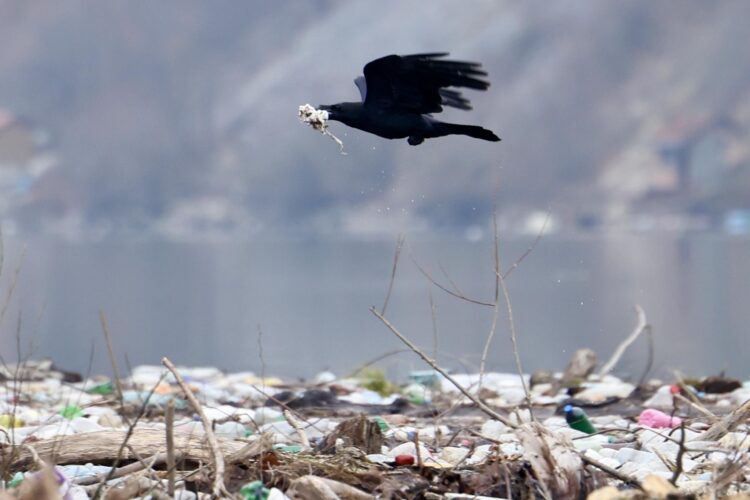
Annually, the amount of waste extracted from the Visegrad Hydroelectric Power Plant lake ranges from 6,000 to 8,000 cubic meters. Plastic bottles, car tires, barrels, wood, car parts, and a variety of other waste daily float on the Drina Lake. Pročitaj više
For now, only the company ‘HPP Visegrad’ employees clean the waste coming from several municipalities throughout 11 months of the year, Darko Frganja from the company.
He said the problem of floating waste dates back to the very beginning of the HPP operation, i.e., 30 years ago.
“Waste comes from three countries, and we can’t solve this problem on our own. In the coming period, we’ll try to remove the waste. We have formed a special service that participates in the extraction, which creates additional costs for us. Some ten years ago, a multifunctional vehicle was purchased to extract it but we can’t solve it alone,” Frganja added.
Previously, before the COVID-19 pandemic, several meetings were held to find solutions. First in Visegrad, and then in Montenegro. However, none yielded any results.
The solution, he said, could be a regional landfill regulated by ecological standards. However, since large financial resources are needed, Visegrad alone can’t solve this problem. Another possible solution is for each municipality to install barriers on rivers.
Waste finds its way to Visegrad by floating from the Lim River in Serbia and the Drina River from Montenegro, and through the Bosnian cities of Foca, and Gorazde. Therefore, this is not just Visegrad's problem but that of three countries, which should have prompted concrete action to find a solution, long ago.

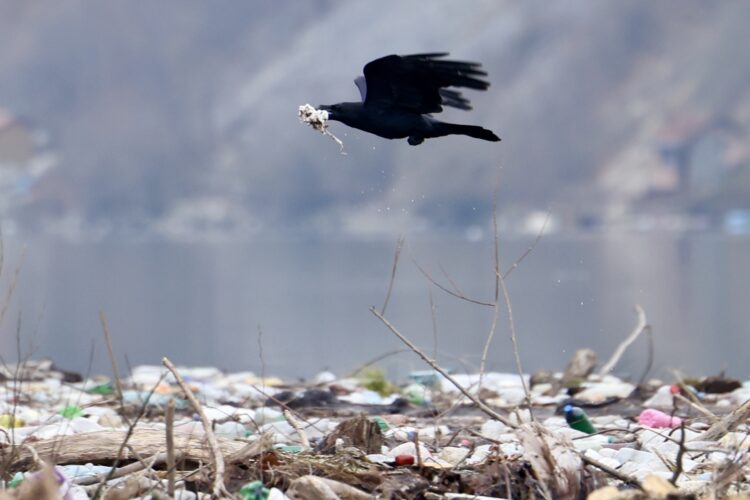
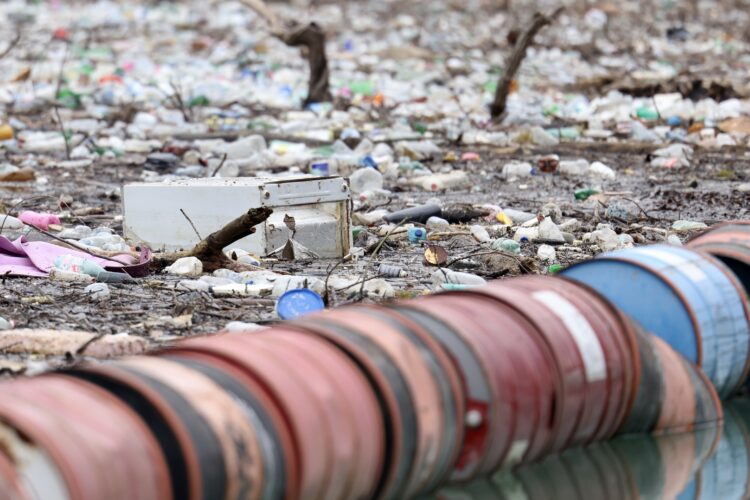
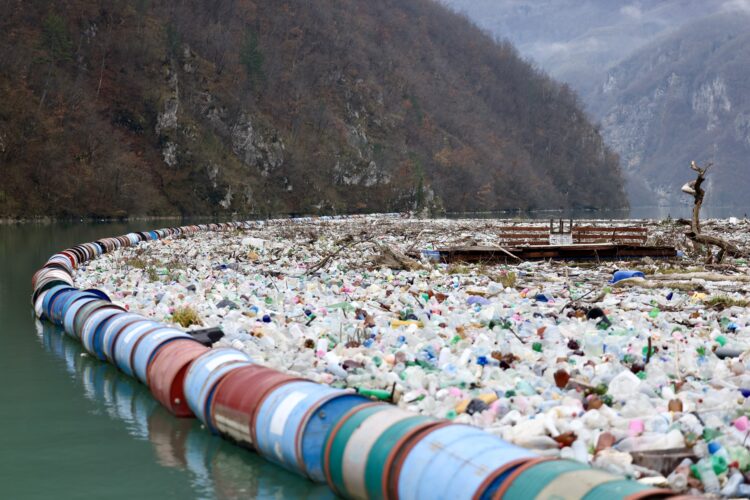
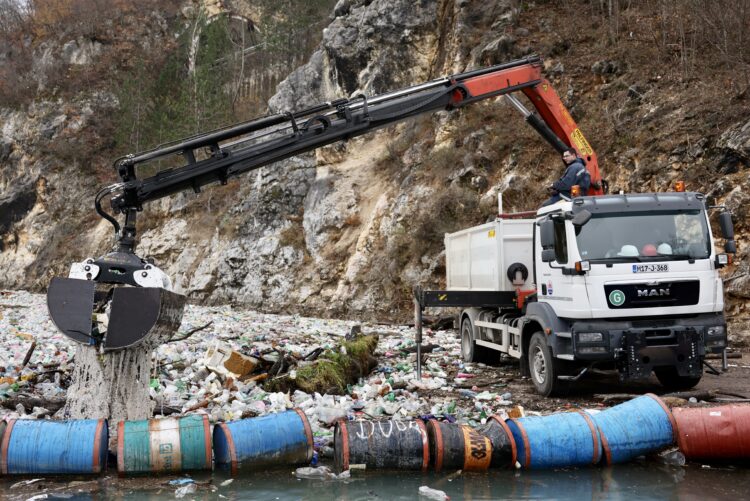
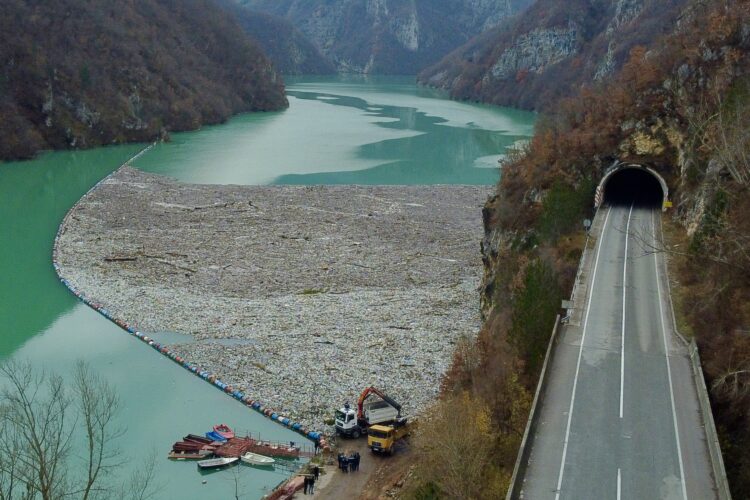
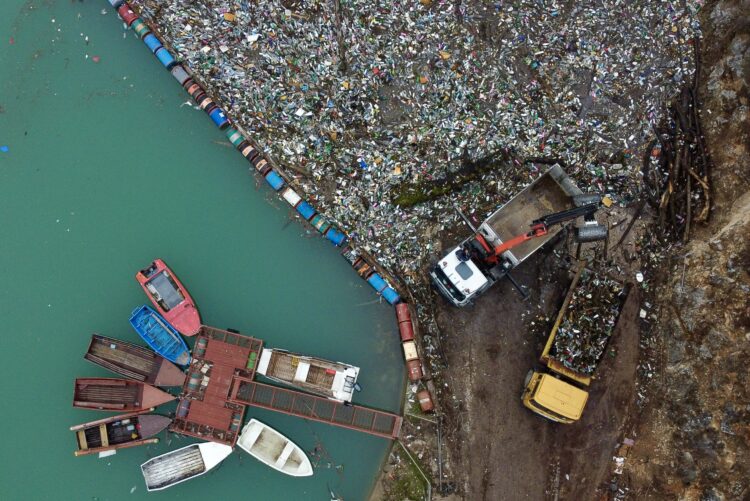
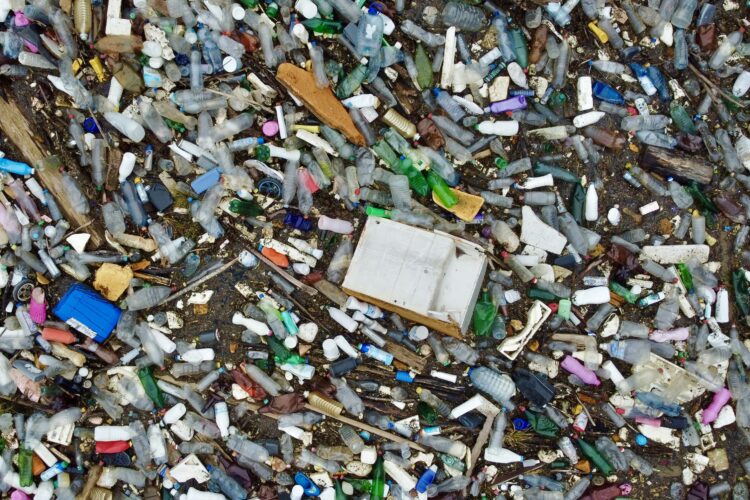
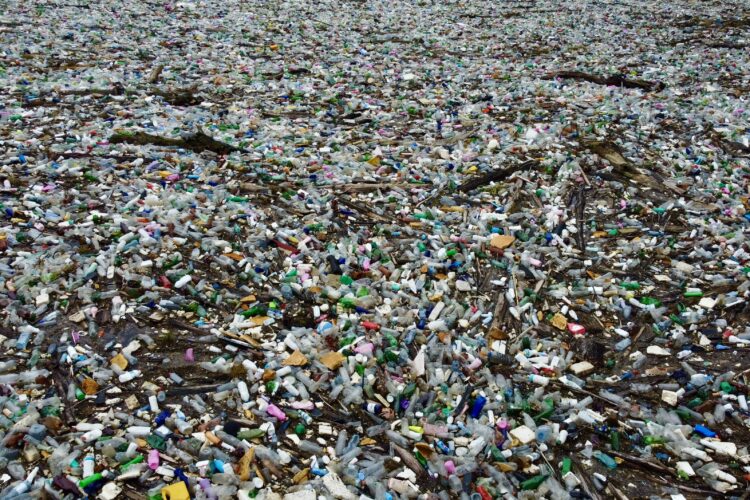
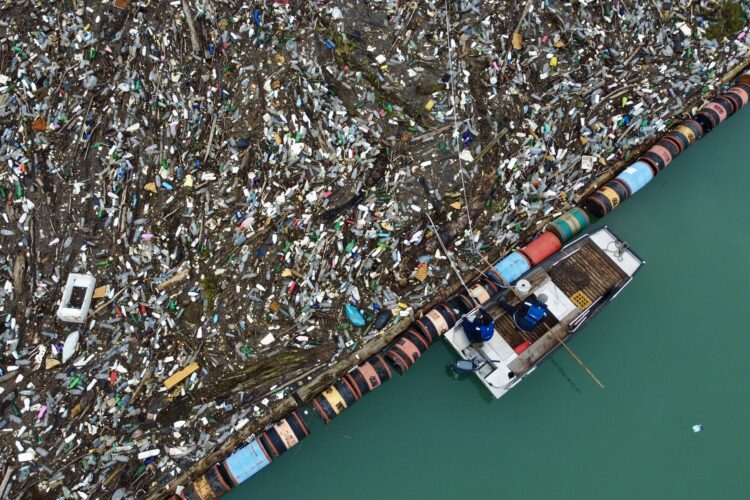




Kakvo je tvoje mišljenje o ovome?
Budi prvi koji će ostaviti komentar!